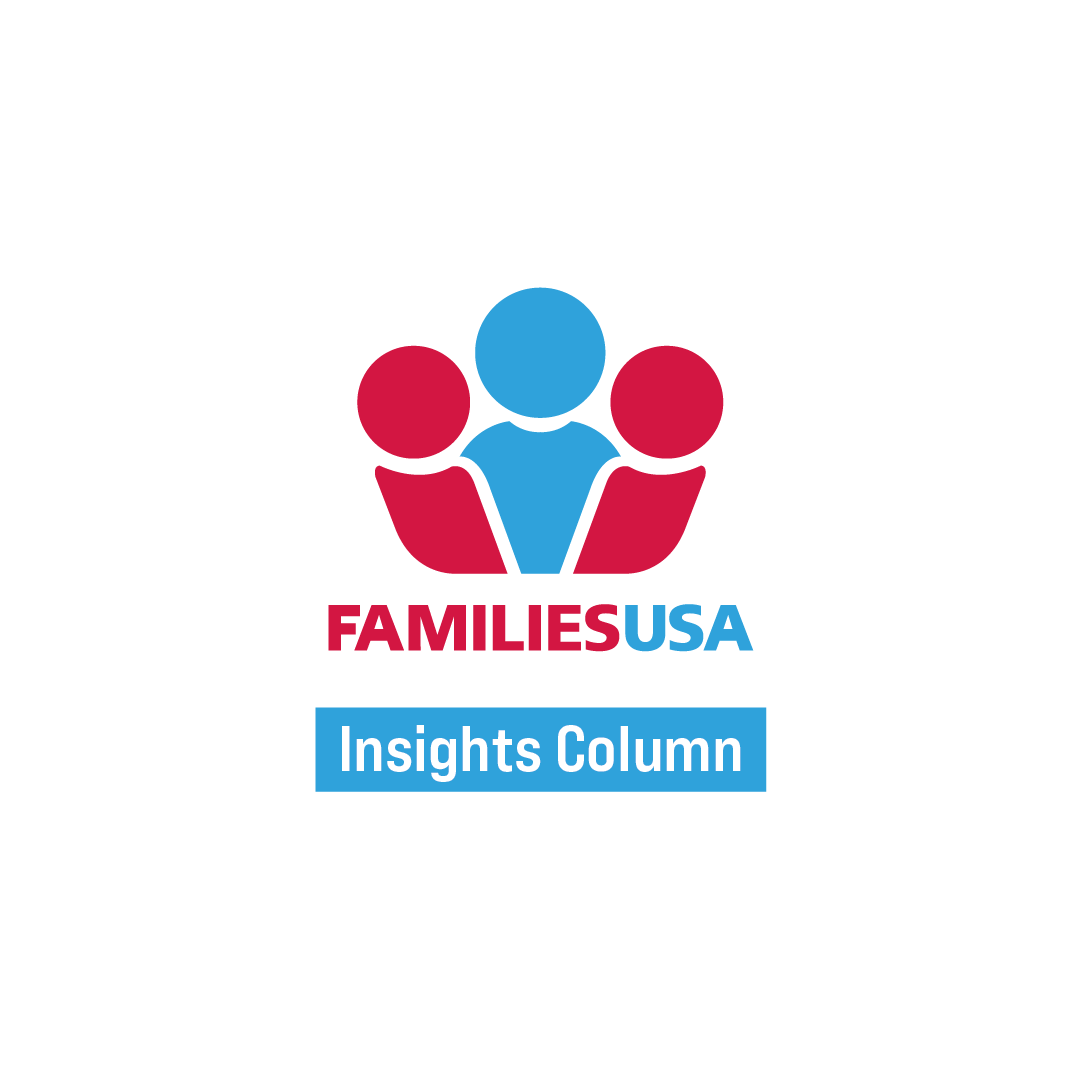City of Burnaby makes formal apology for decades of discrimination against people of Chinese descent – CBC
;Resize=805#)
Report on the City of Burnaby’s Formal Apology for Historical Discrimination
Introduction: Addressing Historical Wrongs to Advance Sustainable Development Goals
The City of Burnaby has issued a formal apology for discriminatory municipal laws and policies enacted against people of Chinese descent between 1892 and 1947. This action represents a significant step toward rectifying historical injustices and aligns with key United Nations Sustainable Development Goals (SDGs), particularly SDG 10 (Reduced Inequalities) and SDG 16 (Peace, Justice and Strong Institutions). By acknowledging its role in perpetuating systemic racism, the city is working to build more accountable, inclusive, and just institutions.
Historical Discrimination and its Contradiction to SDG Principles
Systemic Exclusion and Economic Inequality
Research conducted by the city uncovered numerous bylaws and policies that systematically excluded residents of Chinese descent from civic and economic life. These actions directly contravened the principles of several SDGs:
- SDG 8 (Decent Work and Economic Growth): A bylaw passed in 1892 barred Chinese residents from employment with the municipality or its contractors. Further regulations restricted their ability to operate businesses, denying them access to decent work and economic opportunities.
- SDG 10 (Reduced Inequalities): Policies explicitly restricted people of Chinese descent from owning land, creating a significant barrier to wealth accumulation and social mobility, thereby entrenching inequality.
- SDG 16 (Peace, Justice and Strong Institutions): The municipality supported provincial and federal legislation that denied Chinese residents the right to vote or run for public office, undermining the development of inclusive and participatory institutions.
National Context and Long-Term Impacts
These municipal actions mirrored discriminatory federal policies, including the Head Tax and the 1923 Chinese Exclusion Act. The long-term consequences of this systemic exclusion include intergenerational trauma and fractured families, highlighting the profound and lasting impact of failing to address inequality (SDG 10). The apology acknowledges that these historical wrongs have created legacies of discrimination that persist today.
The Apology as a Commitment to Sustainable and Inclusive Governance
Institutional Accountability and Reconciliation
At a special council meeting, Mayor Mike Hurley formally accepted responsibility on behalf of the city for the “racism and discrimination perpetrated by Burnaby’s municipal government.” This act of institutional accountability is a core component of SDG 16, which emphasizes the need for effective, accountable, and transparent institutions. The council also unanimously passed a motion to repeal three discriminatory bylaws, further demonstrating its commitment to justice and institutional reform.
Future Actions for an Inclusive and Sustainable Community
The apology is coupled with a commitment to concrete actions aimed at fostering a more inclusive community, directly supporting multiple SDGs. The city has pledged to:
- Promote awareness of the historical and ongoing contributions of Chinese Canadians to Burnaby, which supports the creation of inclusive and resilient communities as outlined in SDG 11 (Sustainable Cities and Communities).
- Provide cultural competency and anti-racism training to all city staff, a measure that strengthens institutional capacity and promotes non-discriminatory practices, in line with SDG 16.
- Deliver core community safety programs in Chinese languages, ensuring equitable access to services and enhancing community safety and inclusivity for all residents, a key target of SDG 11.
By taking these steps, the City of Burnaby is not only addressing a dark period of its history but is also actively working to build a future that embodies the principles of equality, justice, and sustainability for all its residents.
Analysis of the Article in Relation to Sustainable Development Goals
1. Which SDGs are addressed or connected to the issues highlighted in the article?
The article highlights issues of historical discrimination, social and economic exclusion, and subsequent efforts toward reconciliation and inclusion. These themes directly connect to several Sustainable Development Goals (SDGs).
-
SDG 10: Reduced Inequalities
This is the most central SDG addressed in the article. The text is entirely focused on the historical and systemic inequality faced by people of Chinese descent in Burnaby, based on their race and origin. The discriminatory bylaws that barred them from employment, land ownership, and political participation are prime examples of inequality that this goal aims to eliminate.
-
SDG 16: Peace, Justice and Strong Institutions
This goal is relevant as the article discusses the role of municipal government (“strong institutions”) in perpetrating injustice through discriminatory laws. The apology, the repeal of these laws, and the commitment to future inclusive actions represent an effort to build more just, accountable, and inclusive institutions. The denial of the right to vote and run for public office is a direct failure of ensuring participatory and representative decision-making.
-
SDG 8: Decent Work and Economic Growth
The article explicitly states that municipal laws barred people of Chinese descent from “working for the city” and imposed regulations that “made it difficult for them to operate businesses or earn a living.” This directly relates to SDG 8, which promotes inclusive economic growth and decent work for all, free from discrimination.
-
SDG 11: Sustainable Cities and Communities
This goal aims to make cities and human settlements inclusive. The article details how Burnaby’s past policies actively created an exclusionary city for a segment of its population by restricting their ability to own land and participate fully in the community. The city’s current commitment to inclusion and providing services in different languages is an effort to build a more sustainable and inclusive community.
2. What specific targets under those SDGs can be identified based on the article’s content?
Based on the article’s discussion of discrimination, exclusion, and reconciliation, several specific SDG targets can be identified.
-
SDG 10: Reduced Inequalities
- Target 10.2: “By 2030, empower and promote the social, economic and political inclusion of all, irrespective of… race, ethnicity, origin…” The historical policies described in the article, such as denying Chinese residents the right to vote, own land, or work for the city, represent a direct contravention of this target. The city’s new commitments to provide “core community safety programs in Chinese languages” and promote awareness of Chinese-Canadian contributions are actions aimed at fostering inclusion.
- Target 10.3: “Ensure equal opportunity and reduce inequalities of outcome, including by eliminating discriminatory laws, policies and practices…” This target is directly addressed by the city’s actions. The article states that council “unanimously passed a motion to repeal three discriminatory bylaws,” which is a clear step toward eliminating discriminatory laws and practices. The formal apology itself is an acknowledgment of past policies that denied equal opportunity.
-
SDG 16: Peace, Justice and Strong Institutions
- Target 16.7: “Ensure responsive, inclusive, participatory and representative decision-making at all levels.” The article notes that Burnaby supported legislation that “denied Chinese residents the right to vote or run for public office,” which is a fundamental failure to meet this target. In contrast, the current process of reconciliation, which involved a “months-long engagement process guided by a community advisory group,” is an example of a more inclusive and participatory approach to governance.
- Target 16.b: “Promote and enforce non-discriminatory laws and policies for sustainable development.” The entire narrative of the article revolves around this target. The historical bylaws were discriminatory, while the current actions—repealing those bylaws and the mayor’s commitment to “ensuring this dark period of our city’s history is never repeated”—are efforts to promote and enforce non-discriminatory policies.
-
SDG 8: Decent Work and Economic Growth
- Target 8.5: “By 2030, achieve full and productive employment and decent work for all…” The 1892 bylaw “barring Chinese and Japanese residents from being employed by the municipality or its contractors” is a clear historical violation of the principles of this target, as it denied employment based on ethnicity.
-
SDG 11: Sustainable Cities and Communities
- Target 11.1: “By 2030, ensure access for all to adequate, safe and affordable housing…” While not exclusively about housing, this target’s principle of “access for all” is relevant. The article mentions that discriminatory bylaws “restricted people of Chinese descent from owning land,” directly impeding their ability to establish permanent homes and build wealth within the community.
3. Are there any indicators mentioned or implied in the article that can be used to measure progress towards the identified targets?
The article does not use official SDG indicator codes, but it provides several concrete actions and outcomes that can serve as qualitative or proxy indicators for measuring progress.
- For Target 10.3 (Eliminating discriminatory laws): A direct indicator mentioned is the repeal of discriminatory municipal bylaws. The article states that the council “unanimously passed a motion to repeal three discriminatory bylaws.”
- For Target 16.7 (Inclusive decision-making): An implied indicator is the establishment and use of community consultation mechanisms. The article mentions the apology followed a “months-long engagement process guided by a community advisory group,” which serves as a measure of inclusive governance.
- For Target 16.b (Promoting non-discriminatory policies): An indicator is the issuance of a formal public apology for past discrimination. This is a significant institutional action acknowledging wrongdoing and committing to non-repetition.
-
For Target 10.2 (Promoting inclusion): The article lists several commitments that can be used as indicators of progress. These include:
- The number and scope of cultural competency training programs provided to city staff.
- The number of core community programs made available in different languages (specifically Chinese, in this case).
- The implementation of programs to promote awareness of Chinese-Canadian contributions to the city’s history.
- For Target 8.5 (Full and productive employment): A historical indicator of discrimination was the existence of a bylaw barring employment. A positive, historical indicator of progress mentioned is when “Burnaby hired its first Chinese Canadian staff member in 1953,” marking a reversal of the exclusionary policy.
4. Table of SDGs, Targets, and Indicators
| SDGs | Targets | Indicators Identified in the Article |
|---|---|---|
| SDG 10: Reduced Inequalities |
10.2: Promote social, economic and political inclusion of all.
10.3: Ensure equal opportunity and eliminate discriminatory laws. |
– Provision of core community safety programs in Chinese languages. – Promoting awareness of Chinese-Canadian contributions to Burnaby’s history. – The formal repeal of three discriminatory bylaws by city council. |
| SDG 16: Peace, Justice and Strong Institutions |
16.7: Ensure responsive, inclusive, and participatory decision-making.
16.b: Promote and enforce non-discriminatory laws and policies. |
– Use of a “community advisory group” and a “months-long engagement process” for policy-making. – Historical denial of the right to vote or run for public office (negative indicator). – The issuance of a formal apology by the Mayor and city council. – A public commitment to ensure discrimination is “never repeated.” |
| SDG 8: Decent Work and Economic Growth | 8.5: Achieve full and productive employment and decent work for all. |
– Historical bylaw “barring Chinese and Japanese residents from being employed by the municipality” (negative indicator). – The hiring of the “first Chinese Canadian staff member in 1953” (positive historical indicator). |
| SDG 11: Sustainable Cities and Communities | 11.1: Ensure access for all to adequate housing and basic services. | – Historical bylaws that “restricted people of Chinese descent from owning land” (negative indicator). |
Source: cbc.ca
What is Your Reaction?
 Like
0
Like
0
 Dislike
0
Dislike
0
 Love
0
Love
0
 Funny
0
Funny
0
 Angry
0
Angry
0
 Sad
0
Sad
0
 Wow
0
Wow
0
















































:focal(1500,1000)/https://media.globalcitizen.org/a6/9a/a69a4720-d8a1-4715-b596-18738d03c05c/rotary_polio_hero_image.jpg?#)







/countries/sri-lanka/photo-credit---dmc-sri-lanka.tmb-1200v.jpg?sfvrsn=dc298bcc_1#)


















